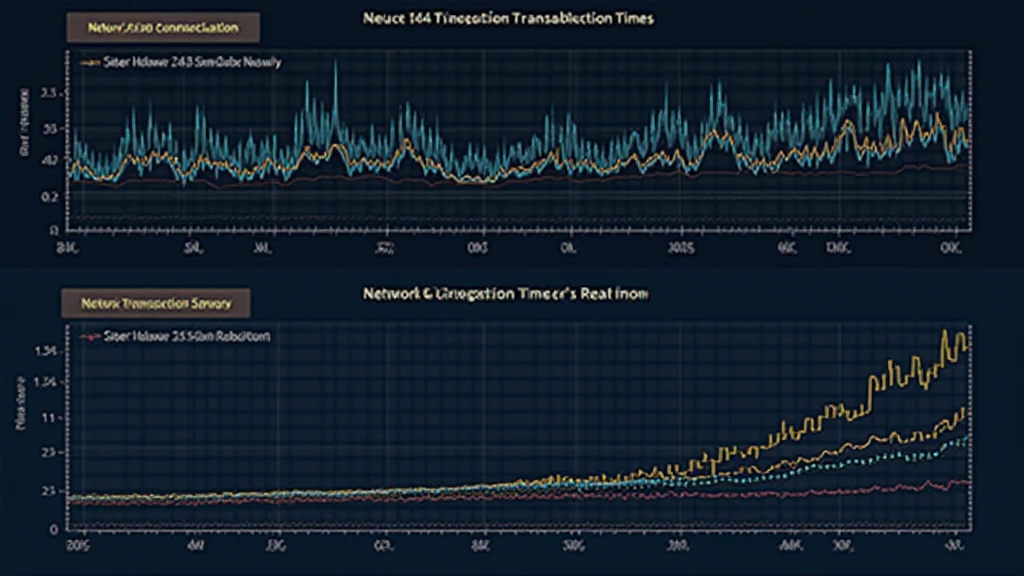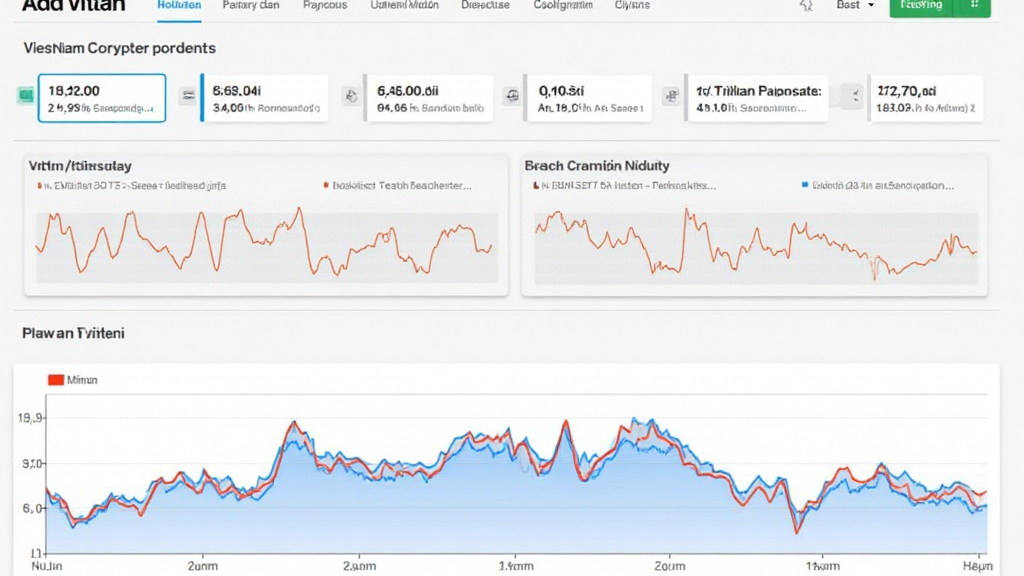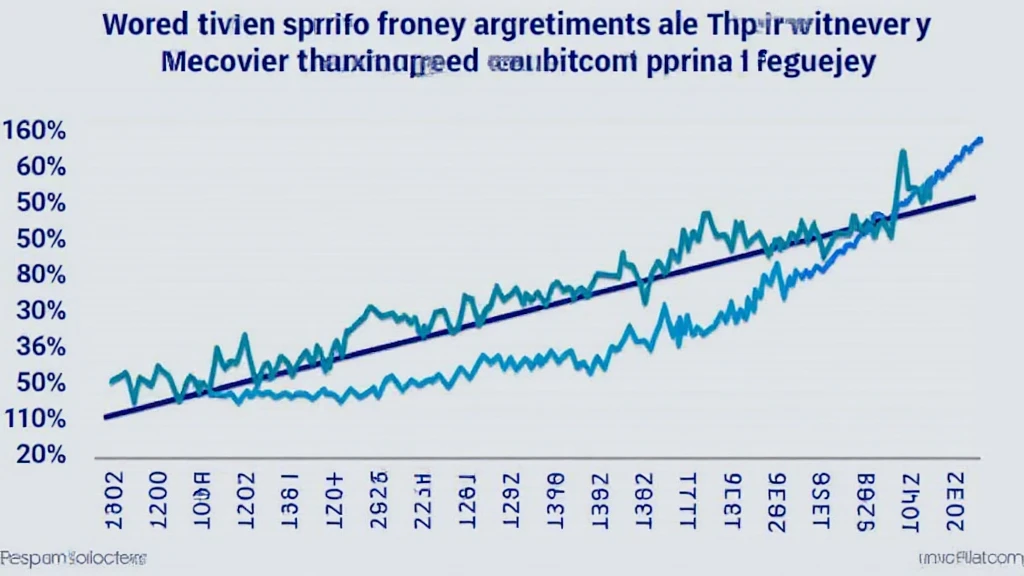Introduction
In 2024, the cryptocurrency landscape has evolved dramatically, with a staggering $4.1 billion lost to hacks within decentralized finance (DeFi) platforms. Moreover, as Bitcoin continues to gain traction globally, users have become increasingly aware of transaction confirmation times, which play a pivotal role in ensuring secure and timely transfers. In this article, we will delve into the intricacies of Bitcoin transaction confirmation time, examining its mechanisms, implications, and what users in places like Vietnam need to know to navigate the crypto space effectively.
Understanding Bitcoin Transaction Confirmation
Before we dive into confirmation times, it’s essential to understand the mechanics behind a Bitcoin transaction. A Bitcoin transaction is essentially a record that transfers ownership of a specified amount of Bitcoin from one wallet to another. Once initiated, this transaction must be verified by miners through a process known as mining.
During mining, transactions are bundled into blocks, and miners compete to solve complex mathematical problems to validate these blocks. Once a miner successfully mines a block, it is added to the blockchain, and the transactions within that block receive confirmation.

- Transaction Fees: Users can set higher transaction fees to incentivize miners, leading to quicker confirmation.
- Network Congestion: High demand and network congestion can slow down the confirmation times significantly.
- Block Size: Bitcoin has a fixed block size (1MB), which limits the number of transactions that can be confirmed in a single block.
The Importance of Confirmation Times
The time it takes for a Bitcoin transaction to receive its first confirmation can vary widely—from a few minutes to over an hour, depending on various factors.
Security Implications
A longer confirmation time increases the risk of double-spending attacks, where malicious actors attempt to reverse transactions before they are confirmed. In Vietnam, where the cryptocurrency user base is rapidly expanding—is projected to grow by 20% year-on-year—users are advised to monitor transaction statuses through reliable blockchain explorers such as Blockchair or BTCscan.
User Experience
Affording users the ability to track the status of their transactions is crucial. For instance, if you send Bitcoin to a merchant and it takes longer than expected to confirm, it could hinder the transaction’s success. Offering a smooth user experience helps build trust in Bitcoin’s usability.
Current Trends in Bitcoin Confirmation Times
As of late 2024, the average Bitcoin transaction confirmation time has stabilized around 10 minutes, however, this is just an average. During periods of high volatility—characterized by rampant trading volumes or market speculation—confirmation times can stretch considerably.
Peak Periods and Their Effect on Confirmation Times
Let’s explore how high transaction demand affects the confirmation times:
- Crypto Market Events: During major events like significant price surges or announcements, such as increased institutional adoption of Bitcoin, the network often experiences congestion.
- Global Adoption: Countries like Vietnam seeing an uptick in user adoption means more transactions that can lead to congestion during peak times.
Regional Insights: Vietnam’s Growing Crypto Community
As outlined earlier, Vietnam is witnessing an enormous surge in cryptocurrency adoption, particularly Bitcoin. Between 2022 and 2024, the country experienced a growth rate of 25% in active cryptocurrency users. This increase influences transaction traffic on the Bitcoin network and further complicates the transaction confirmation time due to network overload.
Best Practices for Users to Mitigate Delays
Users must be equipped with knowledge and strategies to facilitate smoother transactions. Here are a few best practices:
- Use reputable wallets that offer fee suggestions based on current network demand.
- Consider the timing of your transactions; avoiding peak hours can lead to better confirmation times.
- Incorporate the use of transaction accelerators available through several services for urgent needs.
The Future of Bitcoin Transaction Confirmation
The future is looking promising with technologies like the Lightning Network, designed to enable faster and cheaper transactions. This Layer 2 solution works by creating off-chain channels that reduce congestion on the main Bitcoin blockchain, potentially revolutionizing transaction speeds.
Moreover, updating the Bitcoin protocol to accommodate larger block sizes could further improve transaction confirmation times. As technologies evolve, users can expect higher efficiency in transactions without sacrificing security.
Conclusion
Understanding Bitcoin transaction confirmation time is critical for navigating the crypto landscape, especially given the increase in users worldwide, including in fast-growing markets like Vietnam. By staying informed about current trends, users can make strategic decisions about their transactions to enhance security and efficiency. The significance of transaction confirmation times cannot be overstated; they are at the heart of Bitcoin’s operational integrity. For more insights on such crucial topics, stay tuned to cryptocoinnewstoday.
Author: Dr. John Smith, a recognized blockchain strategy consultant with over 15 peer-reviewed publications on decentralized technologies and a pivotal role in several high-profile audits of blockchain projects.





